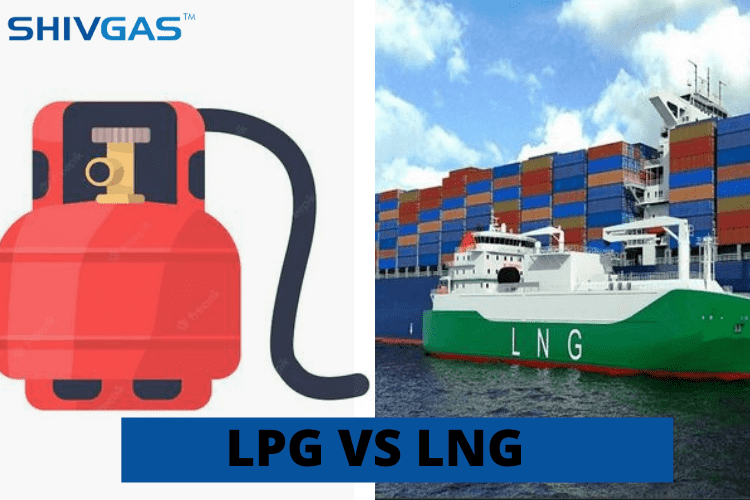
Today, we are shifting towards the alternative of traditional fuels. More and more industries are turning to CNG, LPG, and LNG fuels. It reduces greenhouse gas emissions and minimizes expenses that help in increasing productivity in industries and combat global...